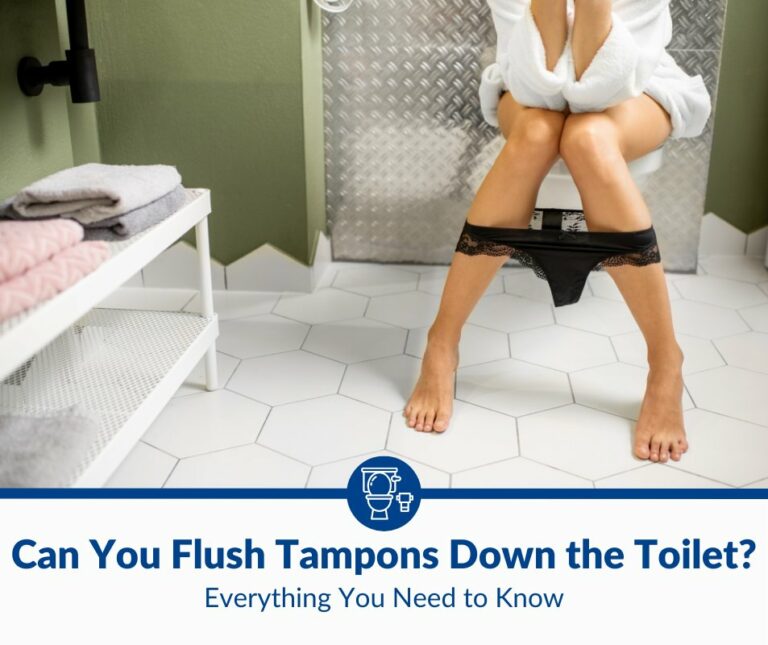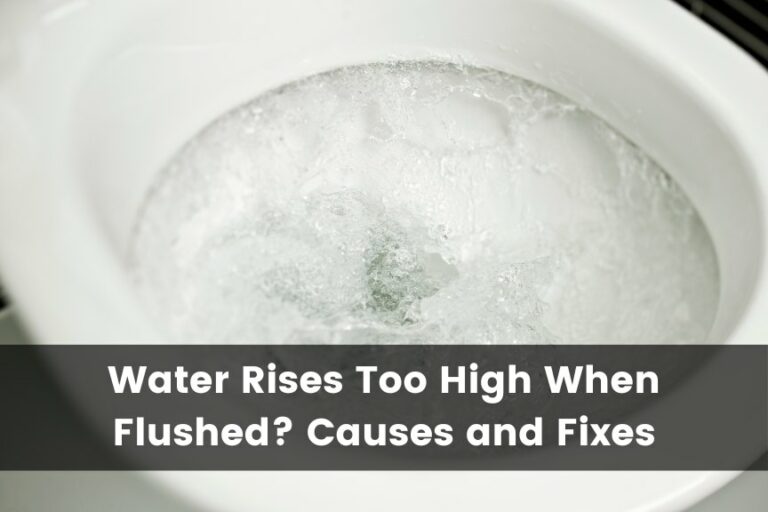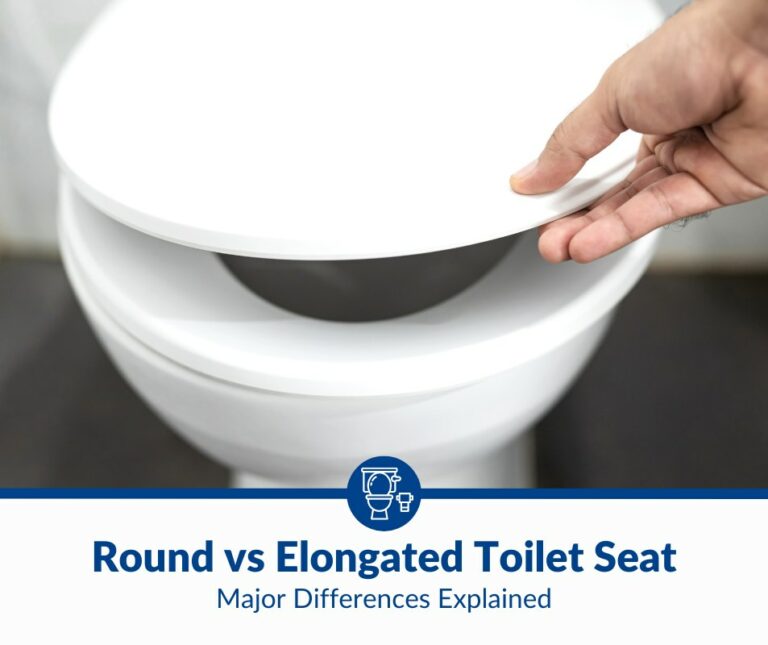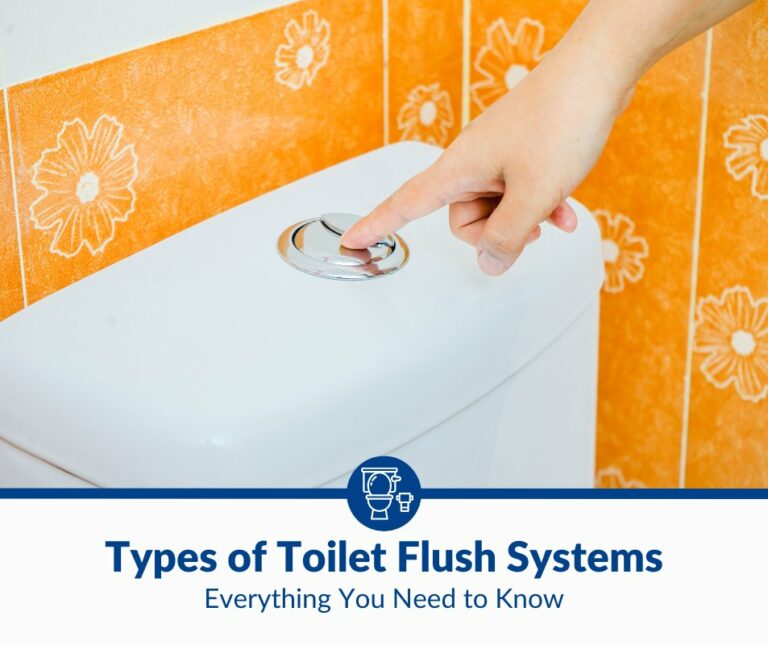Single Flush vs Dual Flush Toilets: Which is Better?
When it comes to choosing a toilet, homeowners have two primary options to consider: single flush and dual flush toilets. While both types of toilets serve the same basic function, they differ in terms of water usage, efficiency, and cost. Single flush toilets are the traditional option, using a fixed amount of water for each flush. Dual flush toilets, on the other hand, offer two flushing options: a full flush for solid waste and a half flush for liquid waste.
The main advantage of dual flush toilets is their water efficiency. According to the Environmental Protection Agency (EPA), toilets account for nearly 30% of residential indoor water use. Dual flush toilets can help reduce this usage by up to 67% compared to traditional single flush toilets. This means that homeowners can save money on their water bills and help conserve this precious resource. However, there are also some drawbacks to consider, such as the higher cost of purchasing and installing a dual flush toilet.
What is a Single Flush Toilet?
Single flush toilets are the most common type of toilet found in households and public restrooms. As the name suggests, they use a single flush to remove waste from the bowl. This means that the same amount of water is used for both liquid and solid waste, typically around 1.6 gallons per flush. Single flush toilets are simple to use and maintain, with fewer parts than dual flush toilets. This makes them a popular choice for those who want a no-fuss, reliable toilet.
They are also typically less expensive than dual flush toilets, making them a budget-friendly option. However, single flush toilets are not as water-efficient as dual flush toilets. They use the same amount of water for every flush, regardless of the type of waste. This can lead to unnecessary water waste, particularly if the toilet is used frequently. Overall, single flush toilets are a reliable and affordable option for those who prioritize simplicity over water efficiency. However, those who are looking to conserve water may want to consider a dual flush toilet instead.
What is a Dual Flush Toilet?
A Dual Flush toilet is a type of toilet that offers users the option to choose between two different amounts of water for flushing. This type of toilet has become increasingly popular in recent years due to its water-saving capabilities.
The Dual Flush toilet was first introduced in Australia in the 1980s as a response to a severe drought. It quickly gained popularity and has since become a popular option in many countries around the world. The design of the Dual Flush toilet is simple yet effective. It features two buttons or levers, one for a “full flush” and one for a “half flush”. The full flush uses more water and is designed for solid waste, while the half flush uses less water and is designed for liquid waste.
One of the main benefits of a Dual Flush toilet is its water-saving capabilities. According to Bathroomer.org, a Dual Flush toilet can save between 25,000 to 27,000 gallons of water every year compared to a traditional single flush toilet. This is because the half flush option uses significantly less water than a single flush toilet, which can help reduce water bills and conserve water resources.
In addition to its water-saving capabilities, a Dual Flush toilet can also help reduce the environmental impact of a household or business. By using less water for flushing, a Dual Flush toilet can help reduce the amount of wastewater that is produced, which can help reduce the strain on local water treatment facilities and reduce the amount of pollution that is released into the environment.
Water Efficiency
One of the main differences between single flush and dual flush toilets is water efficiency. Single flush toilets use a fixed amount of water, typically 1.6 gallons per flush (GPF) in the United States. Dual flush toilets, on the other hand, offer two flush options: a full flush for solid waste and a half flush for liquid waste. The full flush typically uses 1.6 GPF, while the half flush uses around 0.8 GPF.
According to the Department of Energy, toilets account for nearly 30% of indoor water use in the United States. Therefore, choosing a toilet with high water efficiency can have a significant impact on your water bill and the environment.
Based on a study by the Water Research Foundation, dual flush toilets can save up to 68% more water than single flush toilets. This is because the half flush option is designed to use less water for liquid waste, which is the most common type of waste in a toilet. However, it’s worth noting that the actual water savings will depend on the user’s behavior and how often they use each flush option.
Another factor to consider is the WaterSense certification, which is a program sponsored by the Environmental Protection Agency (EPA). Toilets that meet WaterSense criteria use 20% less water than the federal standard and are independently tested and certified to ensure they perform well. Both single flush and dual flush toilets can receive WaterSense certification, so it’s important to look for this label when selecting a toilet.
Cost Comparison
When it comes to cost, single flush toilets are generally less expensive than dual flush toilets. According to Best Flushing Toilet, the average cost of a single flush toilet is around $200, while the average cost of a dual flush toilet is around $300. However, it’s important to keep in mind that there are many factors that can affect the price of a toilet, including the brand, model, and features.
While dual flush toilets may be more expensive upfront, they can actually save you money in the long run. Dual flush toilets are designed to use less water than single flush toilets, which can help reduce your water bills. According to The Toilet Seat Guy, dual flush toilets use an average of 1.6 gallons per flush for solid waste and 1.0 gallons per flush for liquid waste, while single flush toilets use an average of 1.28 gallons per flush. Over time, this can add up to significant water savings.
It’s also worth noting that some dual flush toilets are certified by the EPA’s WaterSense program, which means they meet certain water efficiency standards. According to Consumer Reports, WaterSense-certified toilets can save a family of four up to 16,000 gallons of water per year compared to a standard toilet.
Ultimately, the cost of a toilet will depend on your budget, needs, and preferences. If you’re looking for a budget-friendly option and don’t mind using more water, a single flush toilet may be the way to go. However, if you’re willing to invest a bit more upfront and want to save money on your water bills in the long run, a dual flush toilet may be a better choice.
Read Also: How Much Does a Toilet Flush Cost?
Maintenance and Repairs
When it comes to maintenance and repairs, single flush toilets have an advantage over dual flush toilets. They require fewer parts, making them easier to fix in case of breakage. Replacement parts for dual flush toilets tend to be more expensive than their single flush counterparts, and investing in a quality brand will reduce the likelihood of breakage, making maintenance costs far and few.
For both types of toilets, regular cleaning is essential to prevent clogs and ensure proper functioning. It’s important to use a non-abrasive cleaner and avoid using harsh chemicals that can damage the toilet’s components. In addition, it’s recommended to avoid flushing anything other than toilet paper and human waste, as foreign objects can cause clogs and damage to the toilet.
For more serious repairs, it’s best to call a professional plumber. They have the expertise and tools necessary to diagnose and fix any issues with the toilet. It’s important to address any problems as soon as possible to prevent further damage and ensure the toilet is functioning properly.
In summary, while single flush toilets have an advantage when it comes to maintenance and repairs, both types of toilets require regular cleaning and proper use to prevent damage and ensure proper functioning. If a problem does arise, it’s best to call a professional plumber to address the issue.
Installation Considerations
When considering the installation of a new toilet, there are a few things to keep in mind. First and foremost, it is important to ensure that the toilet is compatible with the existing plumbing in the bathroom. This includes the size and shape of the toilet’s waste outlet, as well as the location of the water supply line.
Another important consideration is the ease of installation. Single flush toilets are generally easier to install than dual flush toilets, as they have fewer parts and require less customization. However, this may not always be the case, as some single flush toilets may have unique features or requirements that make them more difficult to install.
It is also important to consider the maintenance and repair requirements of the toilet. Dual flush toilets may have more complex flushing mechanisms that require more frequent maintenance or repairs. Additionally, replacement parts for dual flush toilets may be more expensive and harder to find than those for single flush toilets.
Finally, it is important to consider the overall cost of the toilet, including both the initial purchase price and any ongoing maintenance or repair costs. While dual flush toilets may save water and money in the long run, they may also be more expensive to purchase and maintain upfront.
Which One Should You Choose?
When it comes to choosing between single flush and dual flush toilets, it ultimately depends on personal preference and specific needs.
Here are some factors to consider:
- Water Efficiency: If you’re looking to conserve water and reduce your water bill, a dual flush toilet may be the better option. Dual flush toilets typically use less water per flush than single flush toilets, as they have a separate flush option for liquid waste.
- Cost: Single flush toilets tend to be less expensive than dual flush toilets. However, the cost difference may be offset by the potential water savings over time with a dual flush toilet. Functionality: Dual flush toilets offer the convenience of two flush options, but some users may find it confusing to remember which button to press for each type of waste. Single flush toilets are straightforward and easy to use, with only one flush option.
- Maintenance: Dual flush toilets may require more maintenance than single flush toilets, as they have more moving parts and valves that can wear out over time.
It’s important to regularly check and replace any worn-out parts to ensure proper functioning. Ultimately, the decision between single flush and dual flush toilets comes down to personal preference and specific needs. Consider the factors outlined above and choose the option that best fits your lifestyle and budget.







